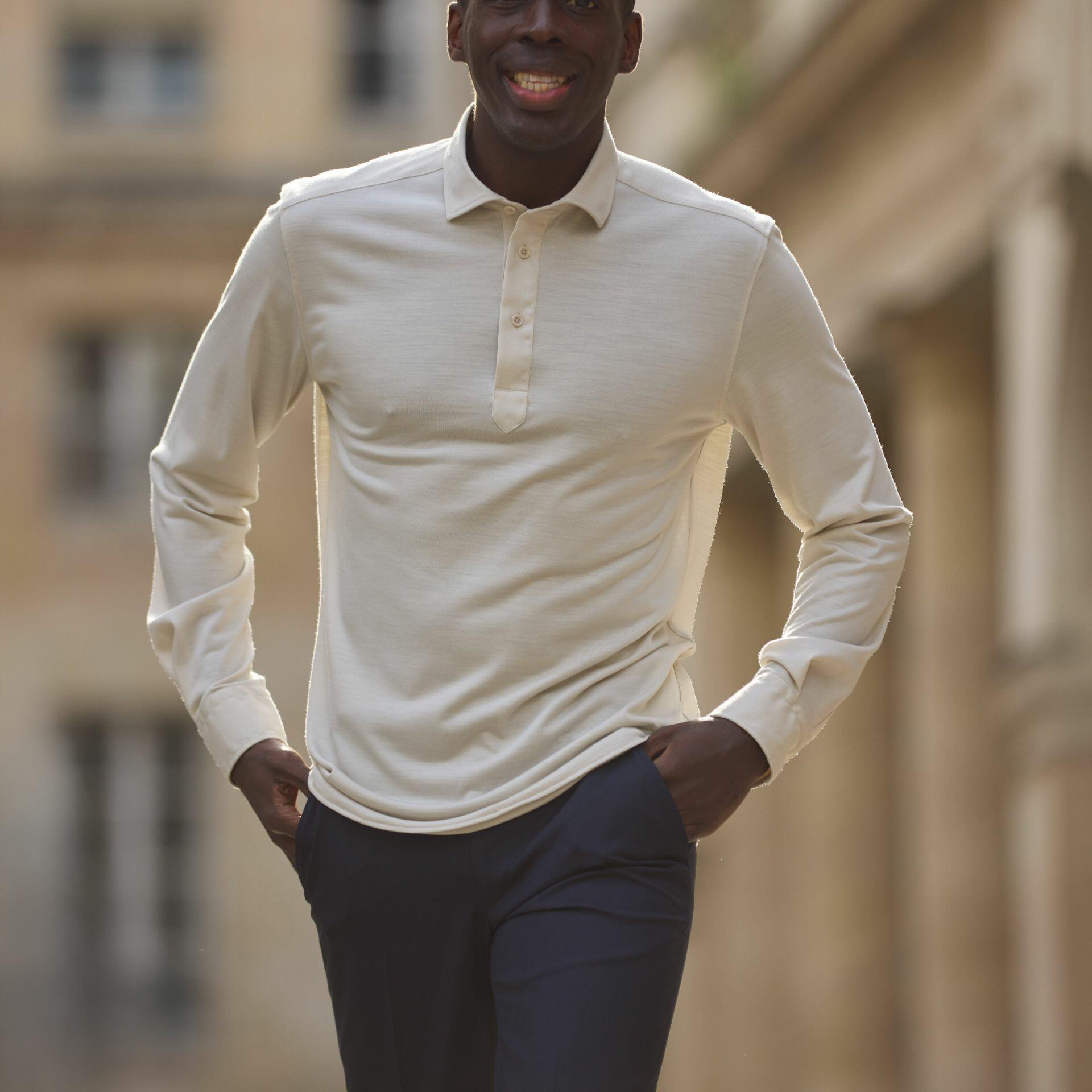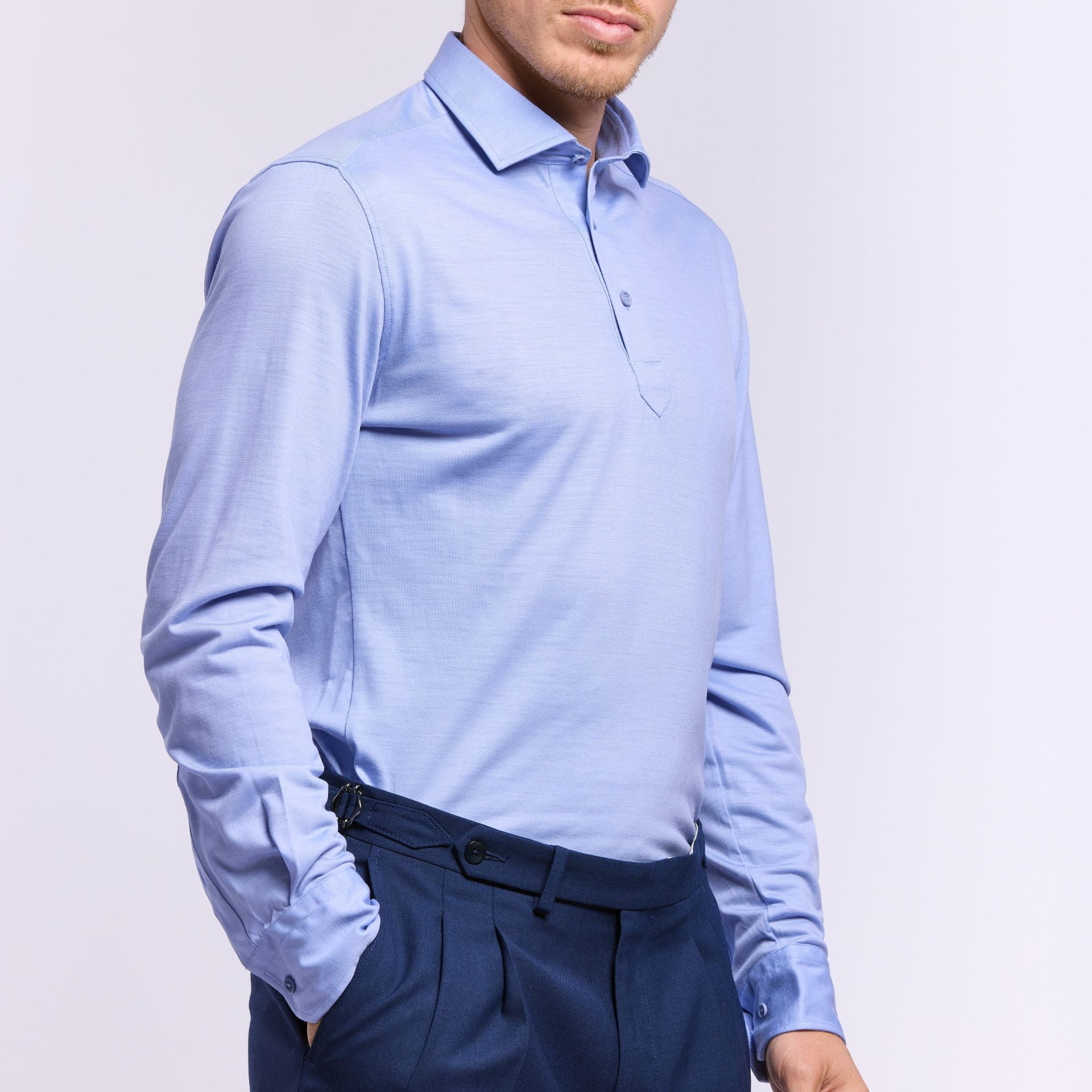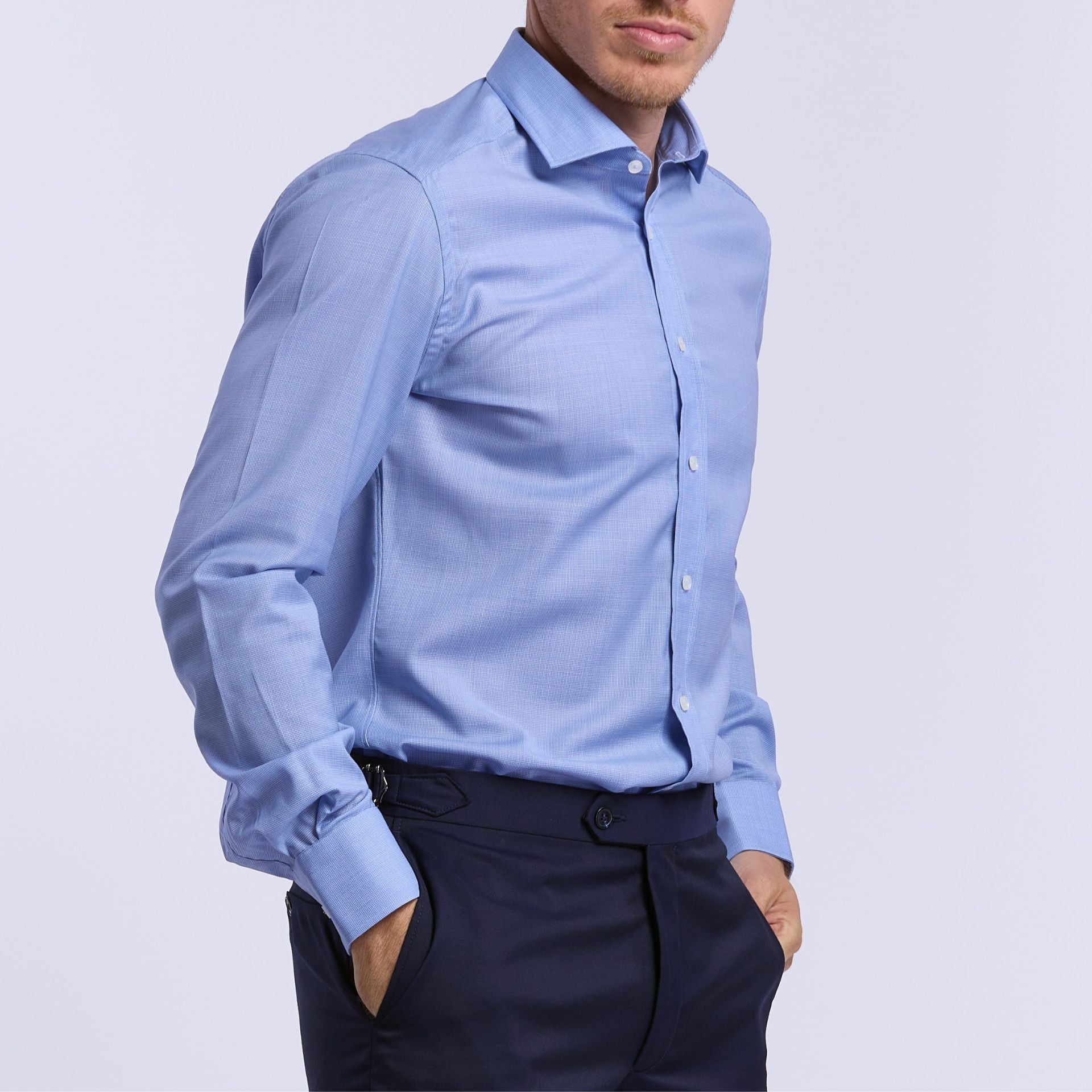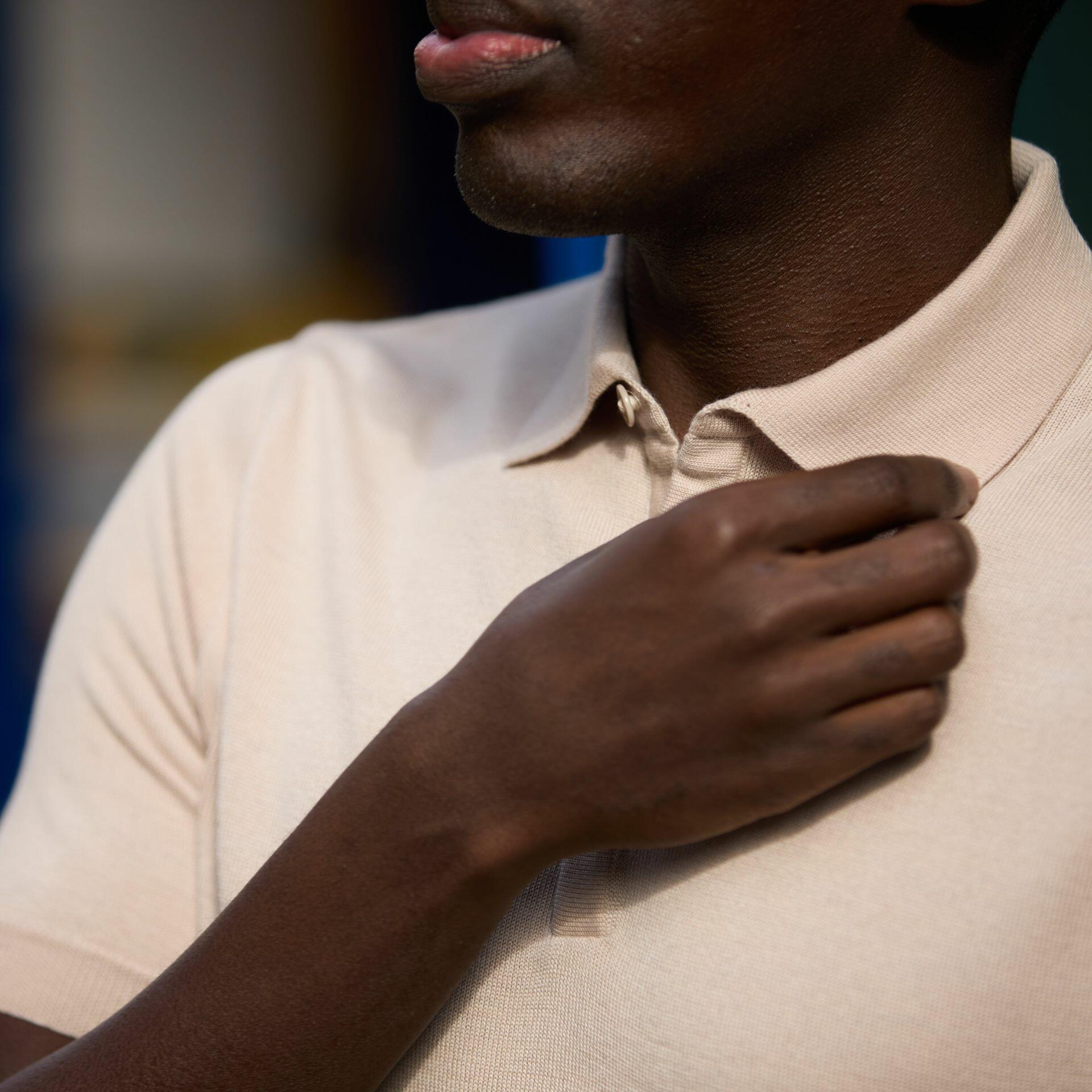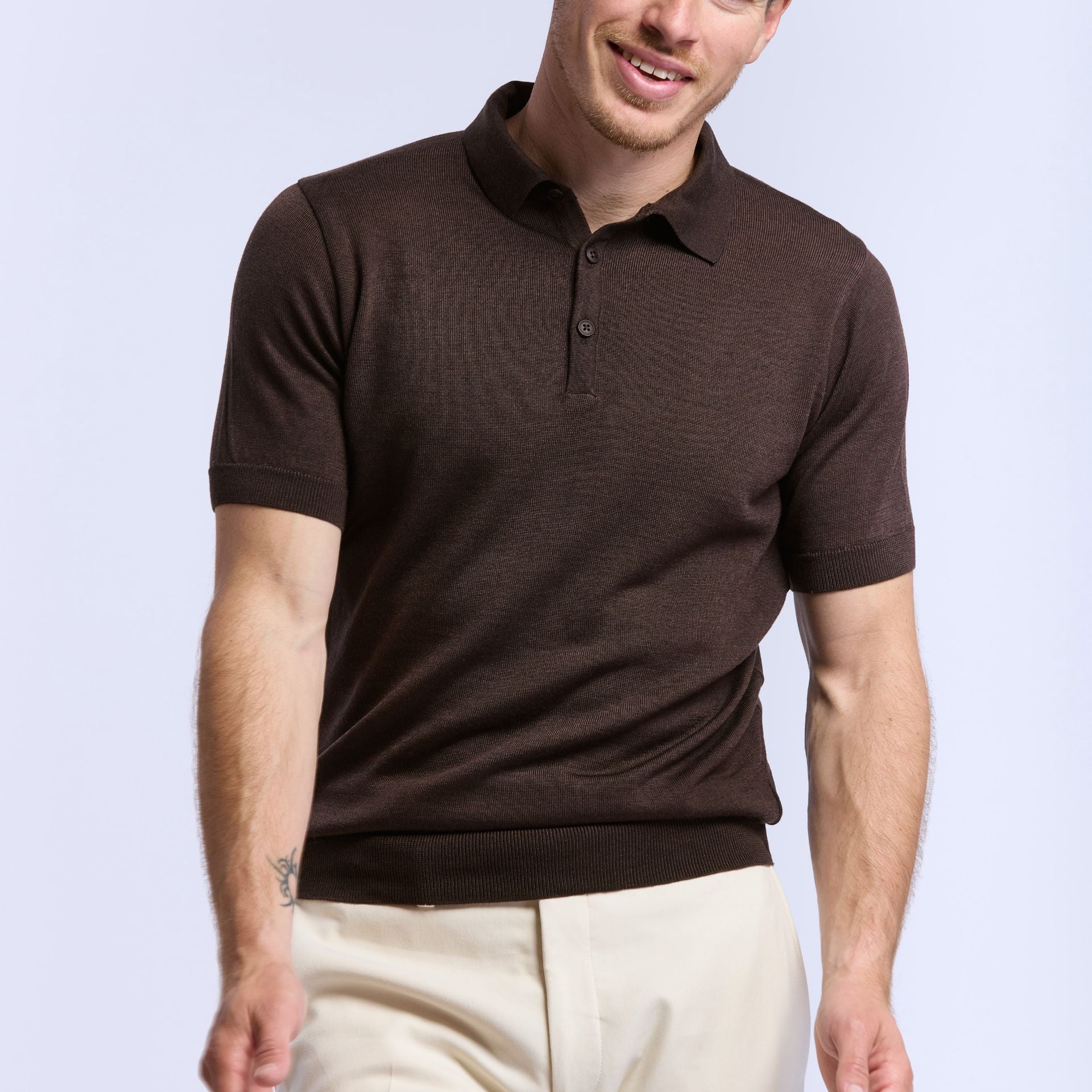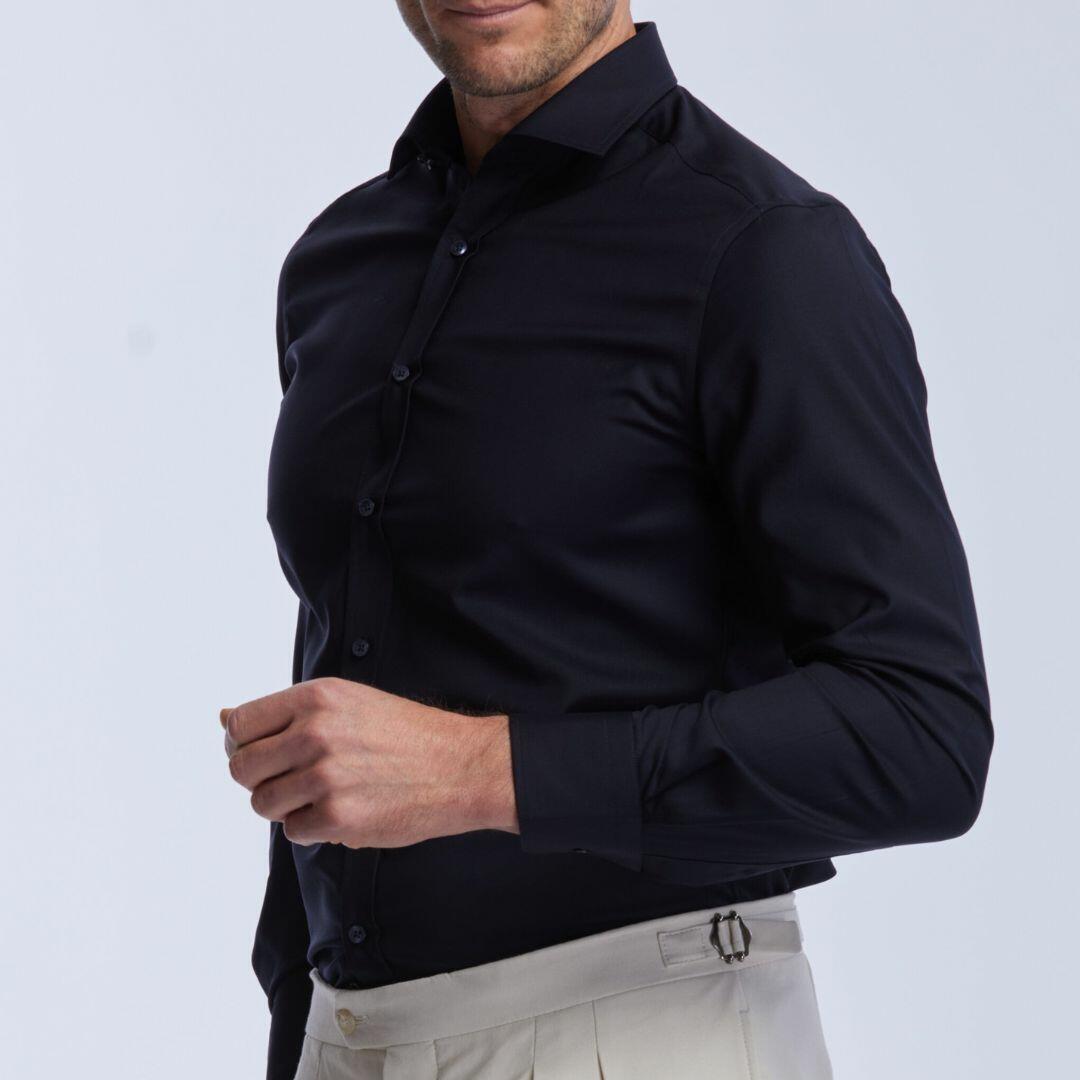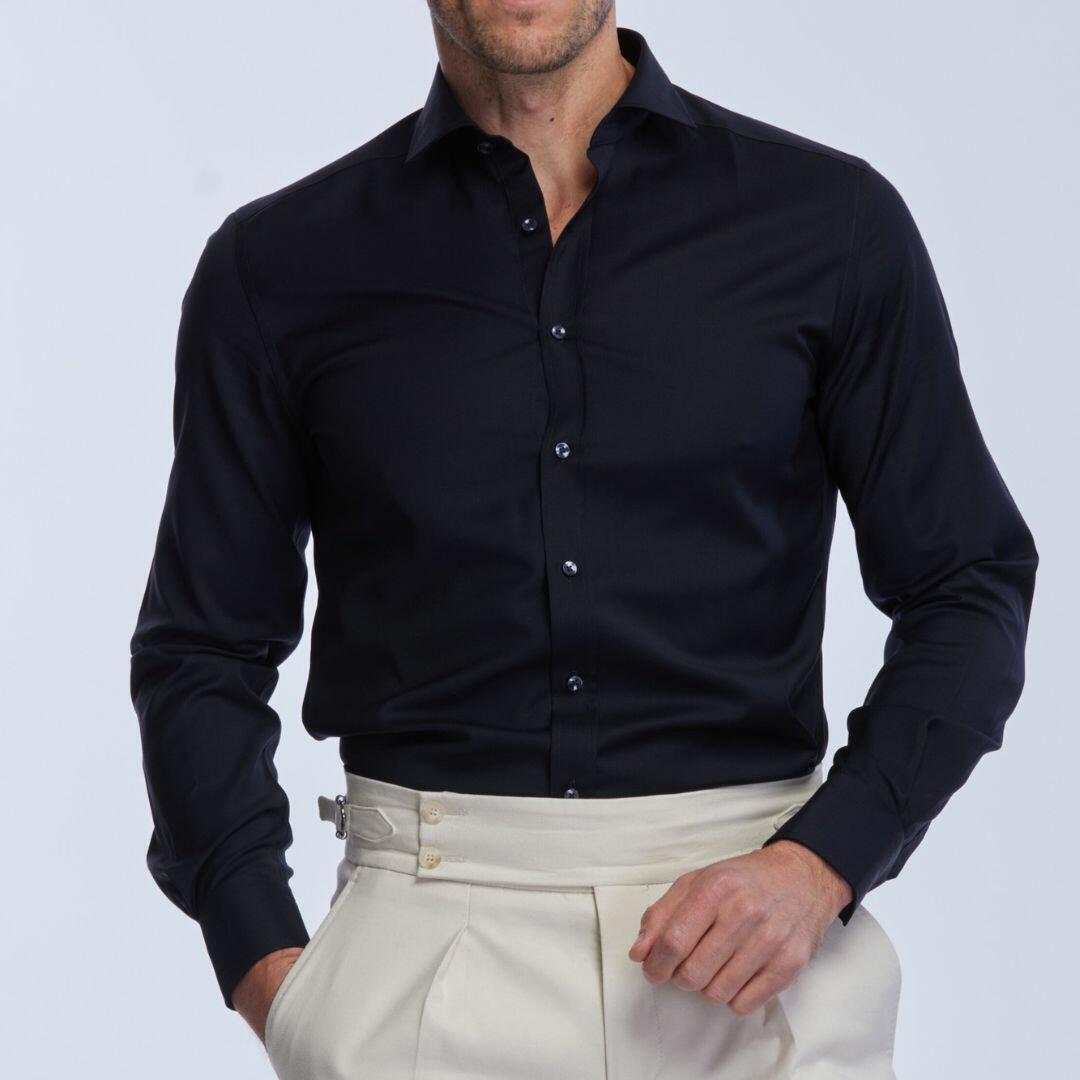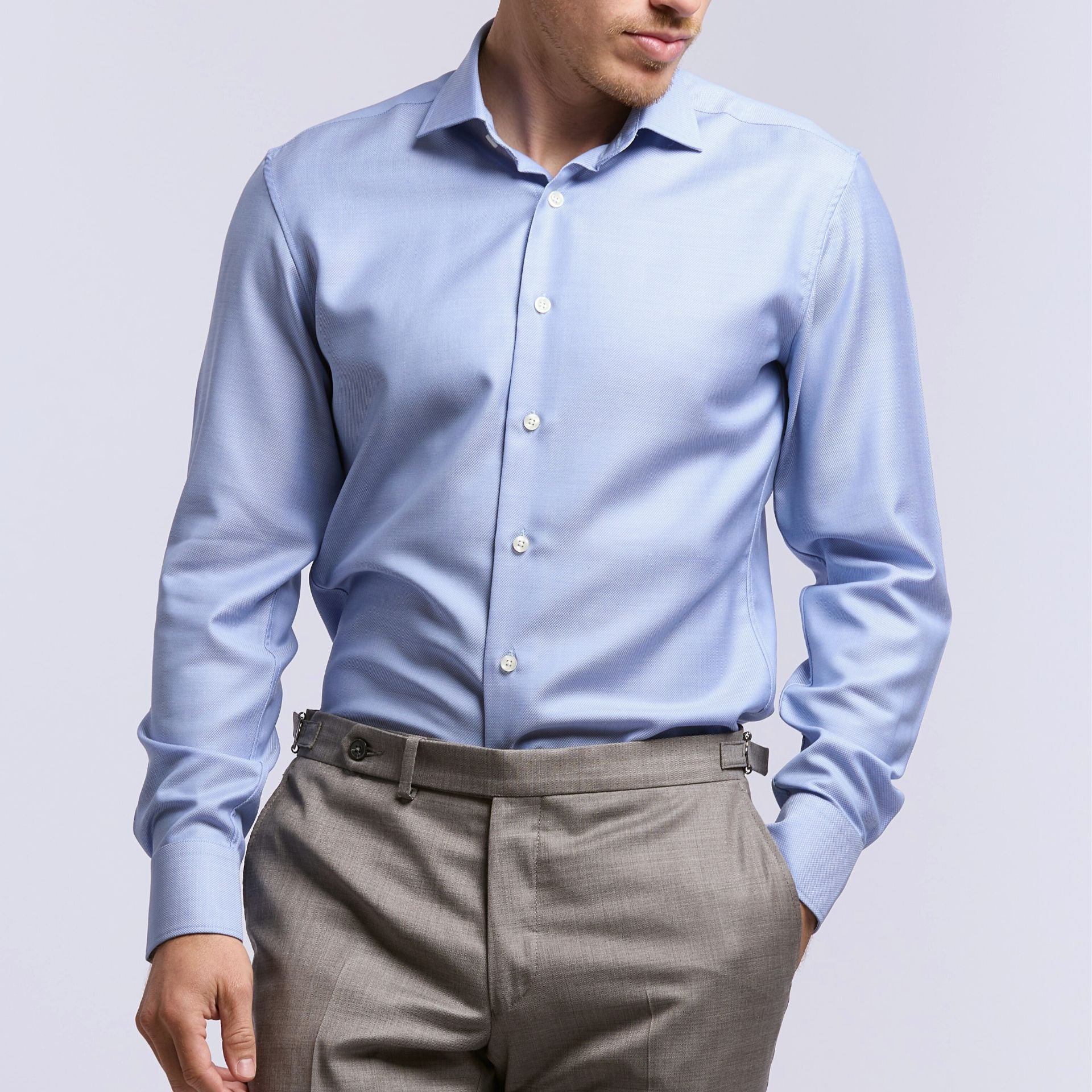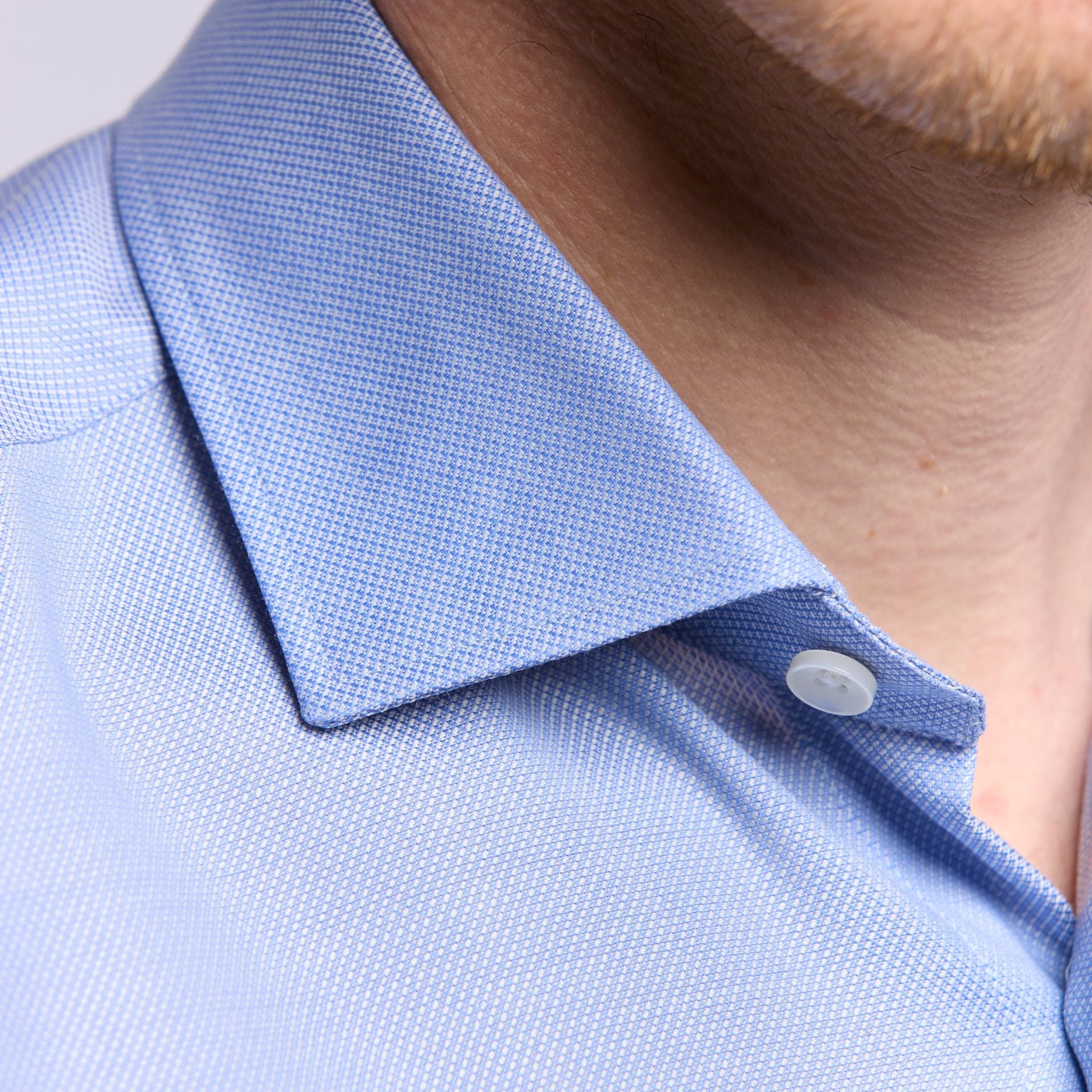Sweating is a major issue in the business wardrobe. It's difficult to take off your shirt once you arrive at the office, just as it is after a workout. How can you dress to avoid sweating? How can you stop feeling the wet fabric sticking to your skin as soon as you sweat? How can you manage the appearance of odors?
We're tackling this question with 3 blog posts: 1) Why and how do we sweat ? 2) What are the best anti-perspiration materials? That's today's post! 3) How to layer your clothes properly to avoid sweating
Now that we understand that sweating is a mechanical reaction to stress and exertion, today we'll explain the best materials for managing these inconveniences. Let's get started!
1) The 3 successive challenges to master
Sweating is a mechanical reaction of the body. It is triggered to "cool" the body when it overheats. To avoid sweating, we simply have to prevent the temperature from rising. Basic. So, of course, we can limit our efforts. But that means losing our freedom! We created Wolbe precisely because we didn't want clothes to decide for us what we could do.
No, the only solution is to choose thermo-regulating materials as your number one criterion . Their properties will limit the rise in body temperature. To keep your body at a constant temperature, even when you accelerate. This is the case with merino wool , Tencel® Lyocell , linen or 37°5® technology.
With these materials, you attack the problem at its root, avoiding triggering the phenomenon.
That's 80% of success .
b) Quickly wick moisture to the outside
Nothing's more unpleasant than a shirt that sticks to your skin. You agree, right?
So once you've sweated, the second essential criterion is obviously to choose a fabric that has a high absorption capacity (to "mop up" quickly) and at the same time, a high wicking capacity to the outside. A material that allows you to dry quickly.
Again, no mystery. Merino wool , Lyocell/Tencel® , linen are the best. Cotton dries slowly. Polyamide and polyester have low absorbency, but dry quickly.
Indeed, odors are caused by smelly bacteria that certain fibers particularly retain. It is important to select antibacterial fibers, which do not retain them.
The best? Merino wool and Tencel/Lyocell. Incredible...but truly magical!
The worst? Synthetic materials. So much so that some customers tell us they've thrown out their polyester/polyamide clothes because they can't stand the smell anymore. So don't neglect them!
2) Merino wool, breathable and antibacterial!
Contrary to popular belief, merino wool is the best material for complete moisture management. It maintains a constant temperature all year round (thermo-regulation), absorbs moisture, dries quickly, AND neutralizes odors. And remember, unlike traditional wool, merino wool is soft and doesn't itch. It's superfine.
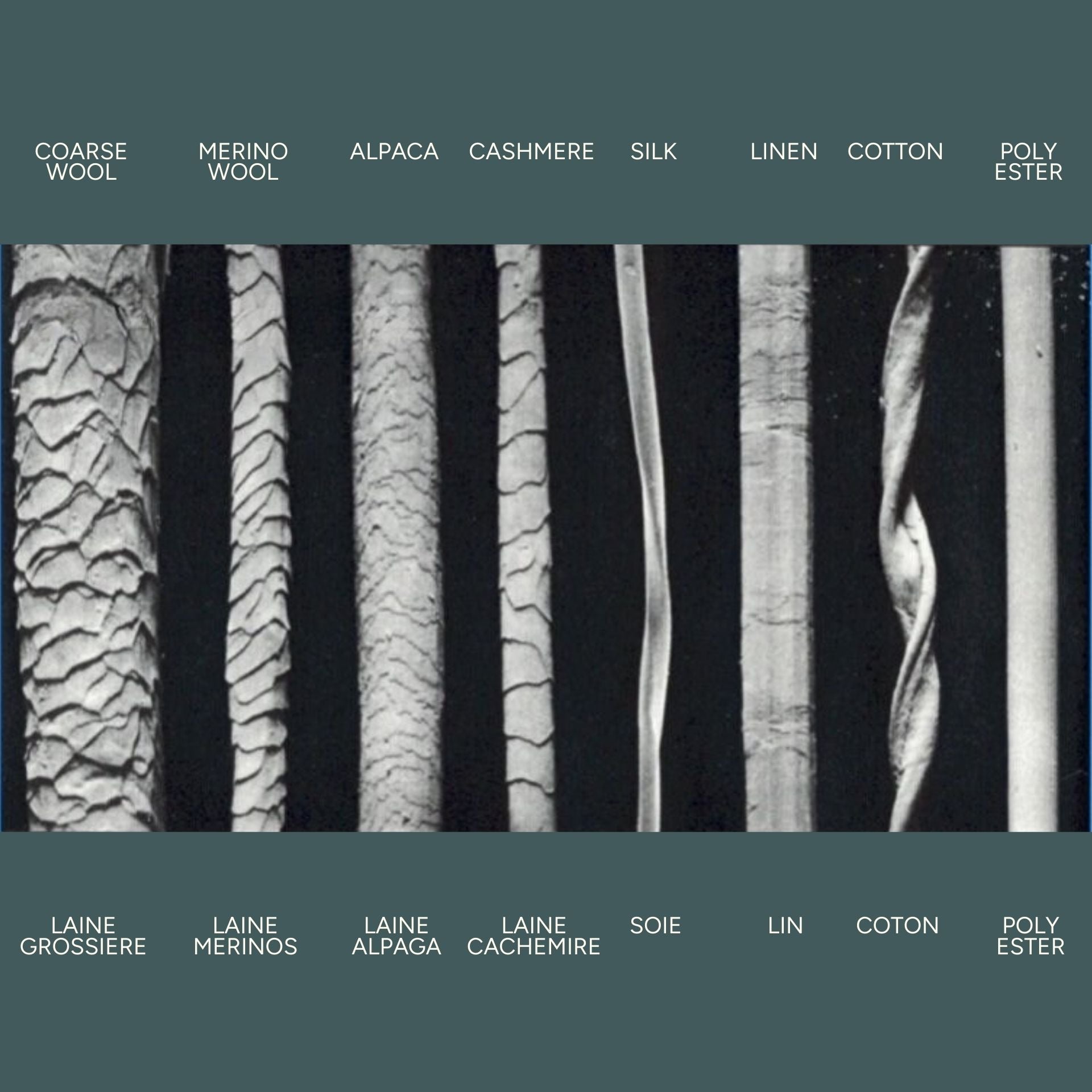
You only need to look at a microscopic section of the different textile fibers to be convinced.
Like our hair, wool (the first 4 fibers from the left) is made up of thousands of scales that overlap like tiles. This is not at all the case with other fibers. Look at the polyester on the far right: it's completely smooth!
This scale-like structure traps air in multiple small pockets, slowing its circulation. It creates an insulating film that regulates temperature against the skin. Keeps you cool when it's hot, and warm when it's cool. This thermoregulatory effect maintains an optimal temperature and prevents the onset of perspiration .
Wool also has a very high water absorption capacity (up to 30% of its weight, while still appearing dry). It is hydrophilic . That's 120 times more than polyester ! So, it doesn't feel damp against the skin.
The finer the wool (extra fine from super 110), the better the feel and performance! For your information, merino wool is between 11 and 24 microns, Shetland wool 40 microns and a hair 60 microns.
So it is merino wool, this noble material, that you should favor. Its fineness is determined by the grades super 100, super 120, super 130. It has absolutely nothing to do with classic wool as you imagine it - which itches, keeps you warm, plush -: merino wool is luxurious, very fine, soft, fluid and resembles a completely normal fabric when it is woven.
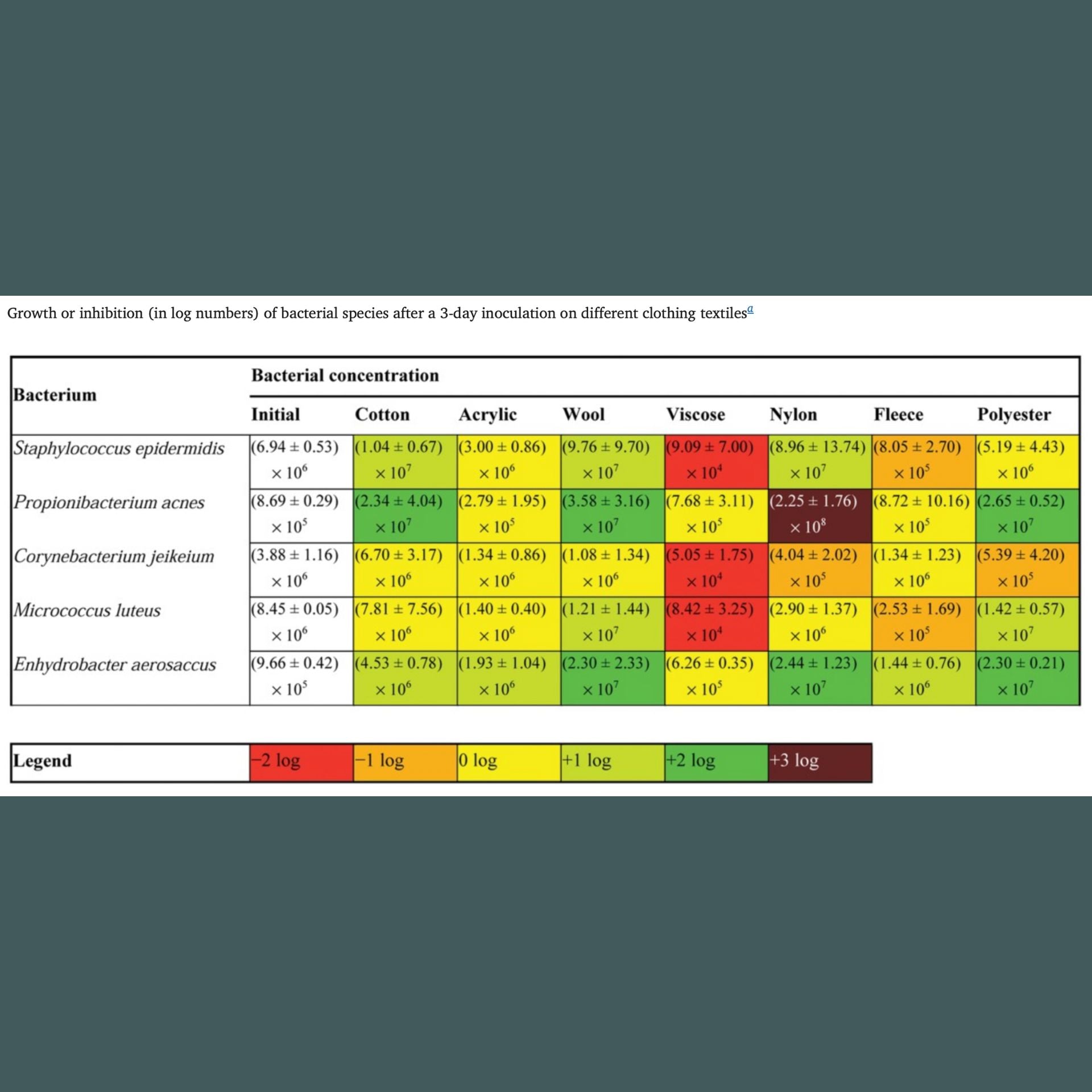
Another key argument. In terms of odor, wool demonstrates unrivaled performance .
It absorbs moisture without allowing smelly bacteria to proliferate. This is probably due to the lanolin it contains. It retains 66% less odor than polyester and 28% less than cotton.
A study carried out by the University of Ghent in November 2014 shows that it performs better than each of its competitors in terms of non-absorption/evacuation of bacteria (analysis on T-shirts worn after a cycling session and 28 hours of rest).
This is why a merino wool garment hardly smells of perspiration.
So while some people have been wearing the same merino shirt throughout lockdown (!), we guarantee at least 72 hours of wear without washing. That's why our shirts are called 72-hour shirts !
And it saves the planet in terms of water consumed for washing.
benefits
optimal thermoregulation
absorbs a lot without feeling wet
better anti-odor performance
THE ideal material!
disadvantages
washing precaution: delicate wool program 20°
600 rpm drum, without fabric softener
a higher price
normal abrasion resistance
1st merino layer
3) Lyocell, an optimal fiber
Lyocell is a fiber made from wood pulp (beech, eucalyptus, or bamboo). TENCEL® is a brand of Lyocell. It's Austrian and belongs to the Lenzing Group, a world leader. We explained why we use this material in our white shirts in this blog post.
This sustainable material offers excellent thermoregulation and drying properties. It retains 13% moisture without any unpleasant sensation. It outperforms cotton in this regard.
When it comes to odor management, it's just below wool (which maintains an optimal mechanical structure) but superior to cotton. It's therefore our second option in this selection of anti-perspiration materials. Especially since it's also easy to care for.
VISCOSE is a wood pulp derivative like Tencel®, but chemically treated in a much less eco-responsible way. It is therefore good in terms of thermoregulation. However, it wrinkles easily and can shrink in the wash. It is therefore less suitable than wool for travel. Regarding odors, - in the same study from the University of Ghent - it was confirmed as antibacterial. It is a relevant choice for interior linings.
BENEFITS
very good absorption and drying
good odor management
feeling of freshness
eco-responsible
DISADVANTAGES
the fabric is very fluid
for men, it is necessary to marry with merino
4) An innovative solution: 37°5 ® technology
37°5 technology ( link here ) offers dynamic thermoregulation . It evacuates heat from the body in proportion to the intensity of the effort. The faster you accelerate, the more it evacuates. And maintains the body at a constant temperature of 37°5©.
This technology uses natural micro particles infused directly onto the fibers, at a microscopic level (they do not wash off and are durable). These will absorb and evacuate in very large quantities, the infrared rays emitted by the body when it heats up. And maintain at an ideal temperature of 37°5.
After the outdoor world ( Salomon has a range of trail textiles in 37°5), we integrated it into our shirts. With 50% Tencel® and infused on New Life® recycled polyester. This is the Acceleration range.
BENEFITS
active thermoregulation
high efficiency
DISADVANTAGES
average odor management
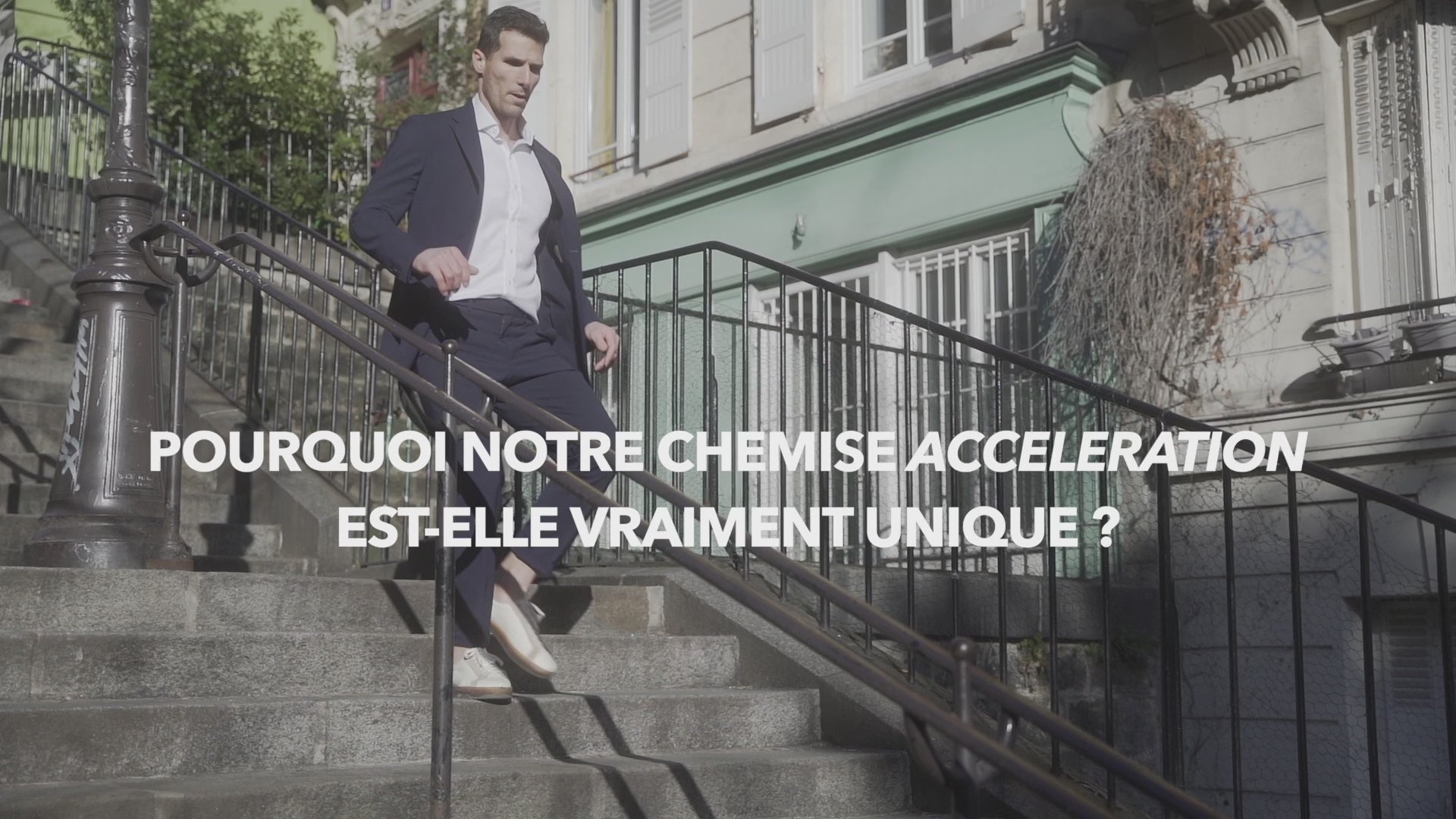

Video
5) Linen, better than cotton
It's arguably the most environmentally friendly plant fiber. It requires very little fertilizer and water, and France and Belgium are the world's leading producers! Its performance properties are very similar to, or even better than, cotton.
Its hydrophilic pectins, which bind the fibers together, allow it to absorb up to 20% of their weight in moisture, without changing its feel. The thermoregulatory effect of these same pectins will keep us cool in summer. Regarding odors, the observations are similar to those of cotton.
BENEFITS
optimal absorption
thermoregulation
disappearance of odors when washing
DISADVANTAGES
not very soft fiber (except knitted)
creases very quickly
6) Cotton is disappointing
COTTON , the most common plant material, is hydrophilic. It completely absorbs perspiration. And paradoxically, it increases the cooling of the body because it dries very slowly. Much more slowly than wool and polyester. So it's the sensation of wet fabric that lowers the body temperature... But it's really not pleasant!
If you keep a cotton T-shirt exposed to the air in the summer, without any significant effort, there's no problem; you'll stay dry. But even a small acceleration will make the sensation very unpleasant. The same goes for a cotton shirt in the winter, under a jacket or coat...
In terms of odors, cotton fiber absorbs and keeps smelly bacteria trapped within its fibers.
On the other hand, because cotton is hydrophilic, it will perfectly absorb water and active ingredients from the wash. All smelly bacteria should therefore be eliminated after a good wash. This is not the case with polyester or nylon.
BENEFITS
optimal absorption
disappearance of odors when washing
DISADVANTAGES
very long drying time
feeling of damp clothes against the skin
retains odors
not very eco-responsible
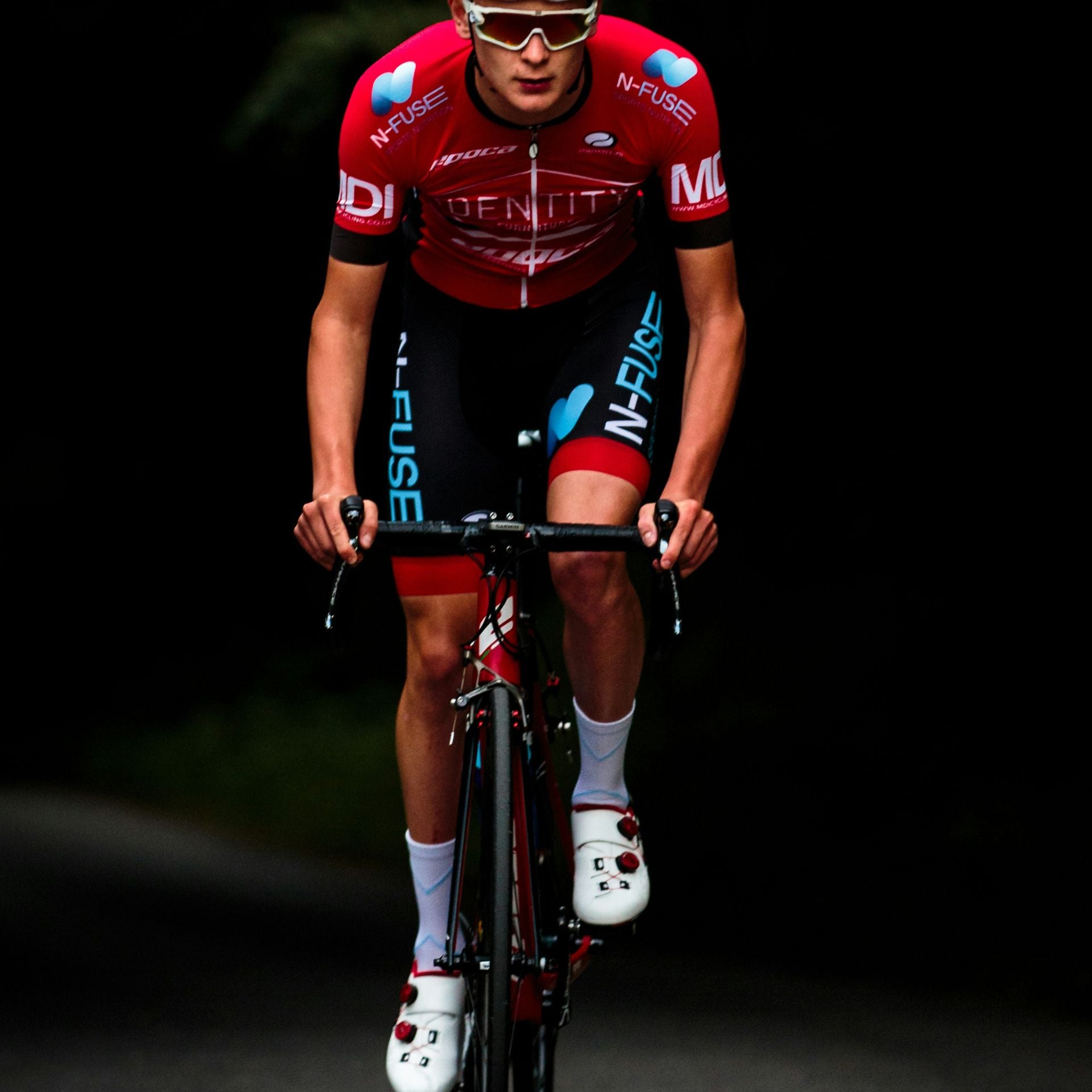
Again, this is very rational when you analyze the molecular structure of these materials. Derived from petrochemicals - therefore from non-renewable resources on the planet - they have three properties that set them apart from natural fibers:
- They are hydrophobic: they do not tolerate water. They will therefore very quickly repel moisture over a large surface area (towards the outside or inside the body). This will accelerate drying...if you are in the open air
- They are lipophilic: they love oily substances. And bacteria—including smelly ones—travel in them. Synthetic fibers, unfortunately, carefully retain these oils by wicking away water. Their concentration will gradually increase in the fabric.
- Finally, they are a powerful magnet for at least one smelly bacterium, micrococcus, which doesn't like the environment of natural fibers.
These properties are therefore ideal for accelerating the evacuation of perspiration (into the open air), but disastrous in odor management!
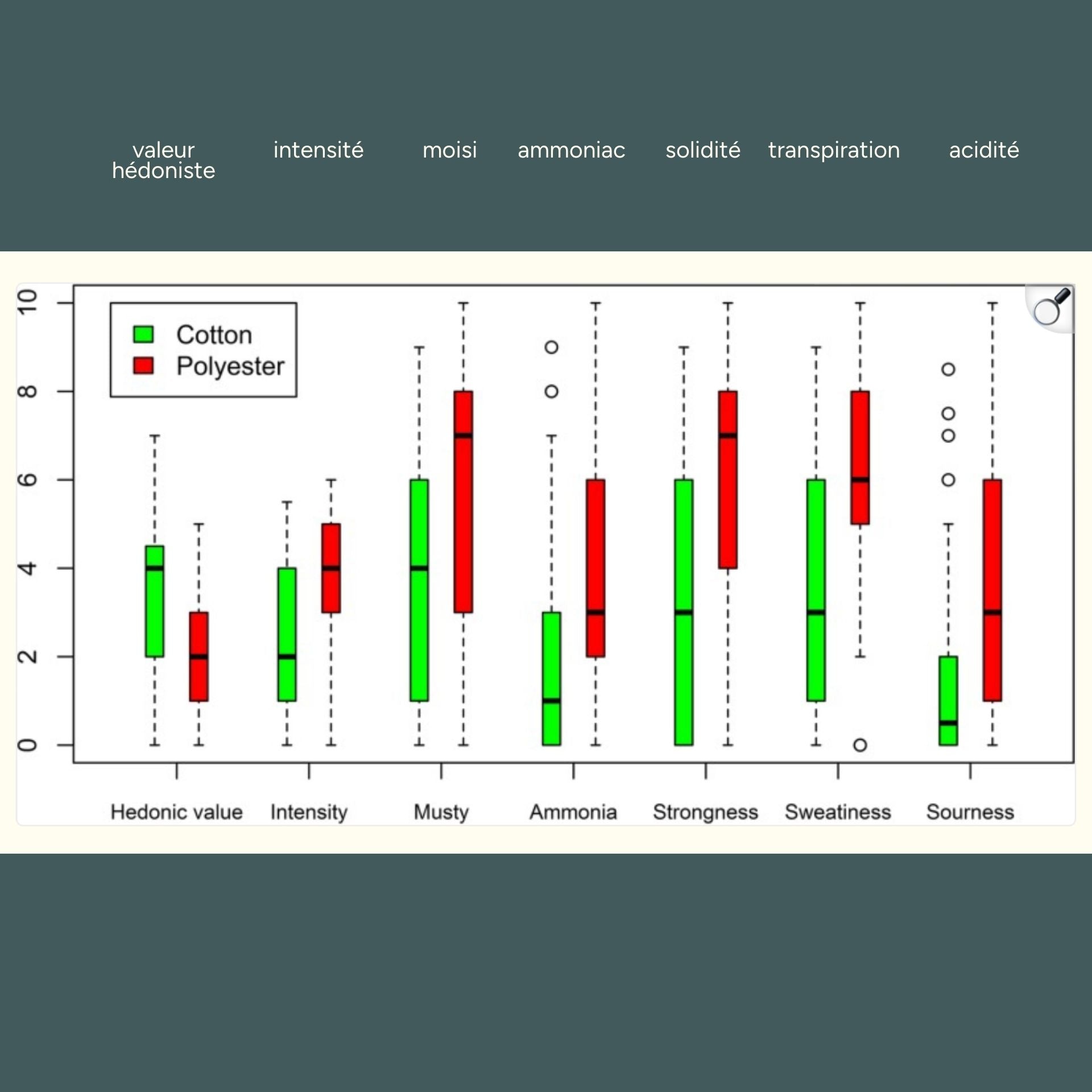
The table below ( from the same study by the University of Ghent in November 2014 ) shows very clearly that the odors perceived in a polyester T-shirt after intense physical effort are much more unpleasant (0 = neutral, 10 = unbearable) than for a cotton T-shirt.
Even when washed, the hydrophobic nature of synthetic fibers will repel cleaning agents and trap oil. The odor will therefore not disappear and will even increase over time. Every coin has its flip side...
And if today biocidal treatments exist to remedy the problem of odors, they are essentially chemical (nanoparticles like silver ions, zinc, etc.). They are superimposed on the garment at the end of production (finishing). But either they disappear after a few washes, or their safety has not yet been proven. This is what a study by 60 million consumers demonstrates.
benefits
maximum moisture wicking
(in the open air)
very fast drying.
disadvantages
persistent odors
and traces
...which will never come off in the wash!
conclusion
Ultimately, what are the best materials for managing perspiration?
You understand that to sweat less, the fabric itself must regulate body temperature. By keeping you cool when it's hot, the natural perspiration mechanism isn't triggered.
To limit odors, the fabric must not retain the bacteria responsible for them.
Your base layer should ideally be made of merino wool, Lyocell, Tencel®, or linen if you're planning on doing minimal exercise. The natural 37°5® technology is also very effective for high accelerations.
Your second and third layers will depend on your protection requirements. However, they must be breathable. There's no point in buying a blazer jacket or a completely waterproof car coat with zips under the armpits if you're wearing a cotton shirt ! And vice versa.
Synthetic materials should be avoided if you want to prevent odors.
But they remain very effective at wicking away perspiration!
You now have all the information you need to choose the best clothes for you. And if you're stuck for ideas, remember that the WOLBE wardrobe was designed specifically to avoid sweating...


